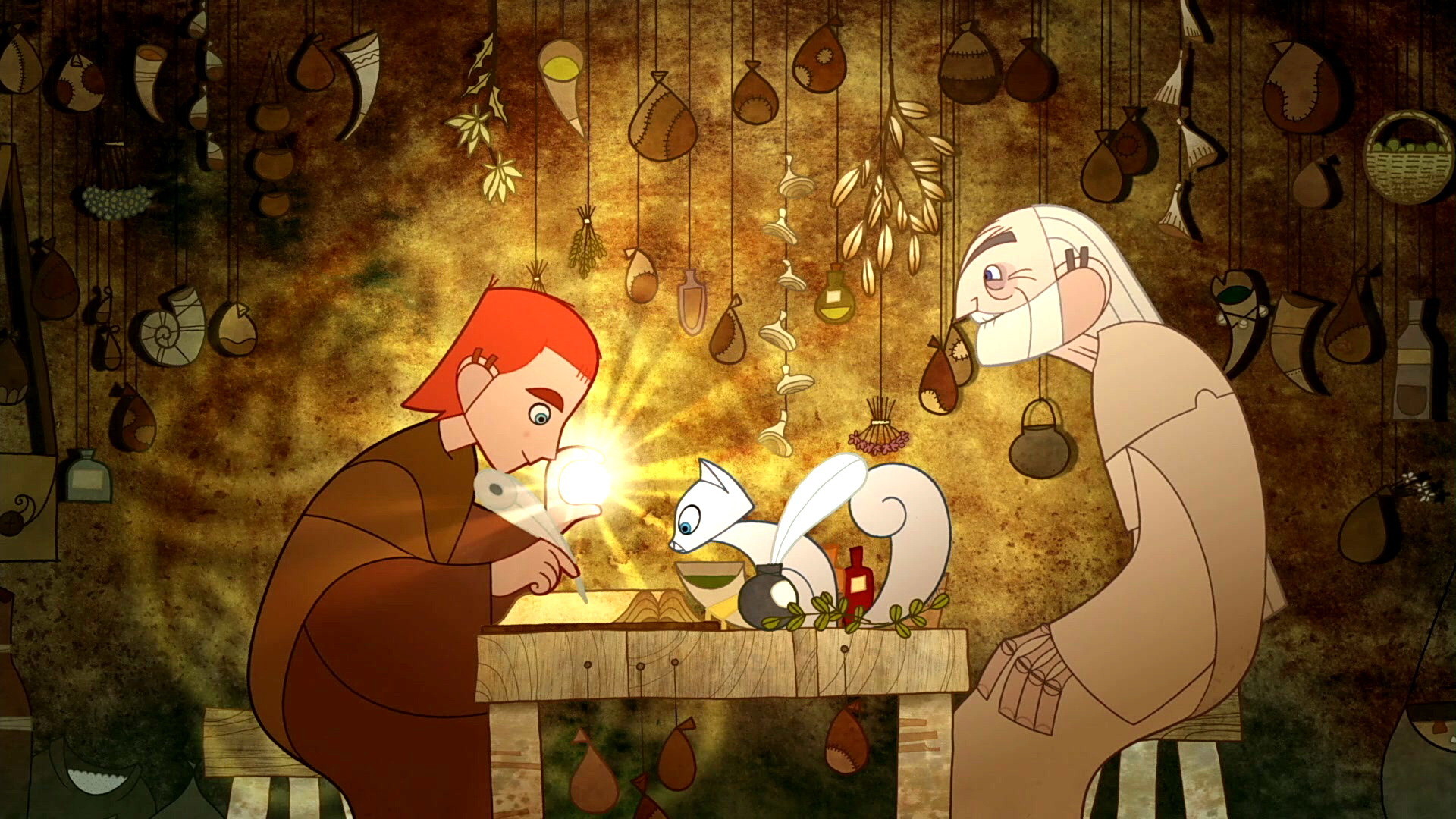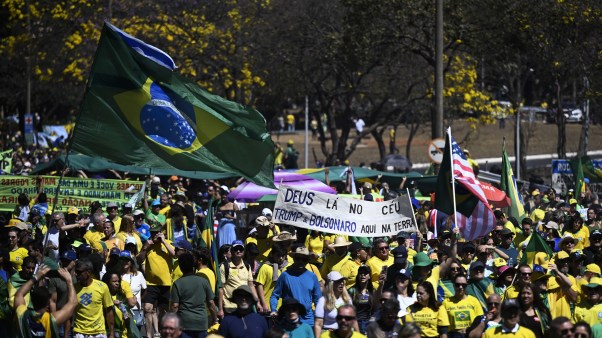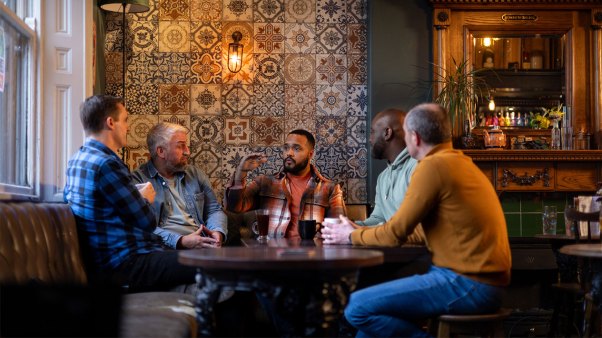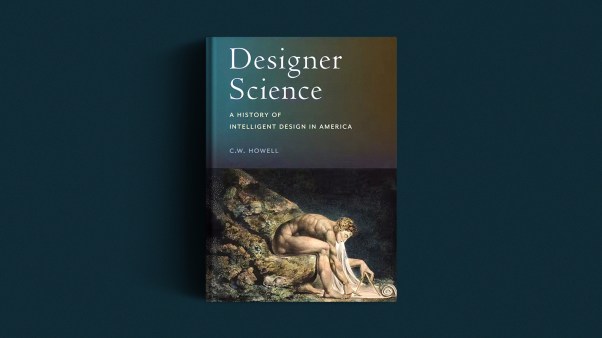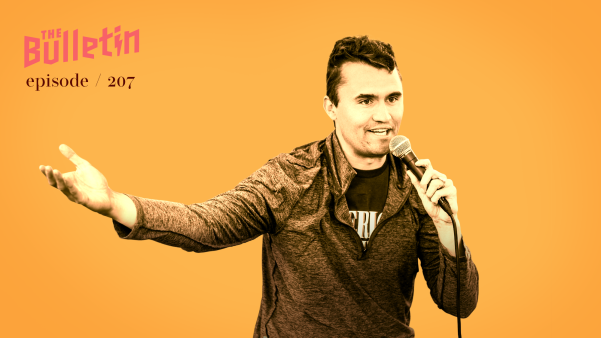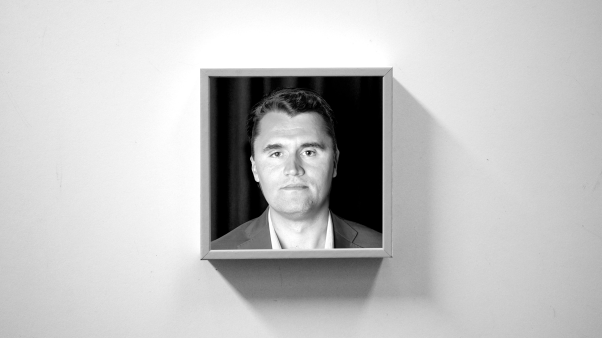The world outside—it’s a dangerous place. Stick with Christian community. Where it’s safe.
I have received that message—sometimes blatant, sometimes merely implied—within so many Christian communities from childhood through adulthood. I’ve been instructed to read only Christian texts, attend only Christian schools, support only Christian charities, seek out Christian doctors, root for Christian football players, heed only Christian music, and beware of “secular” influences. Last week, in response to my Christianity Today review of Arrival, some readers warned me that my soul was in jeopardy for seeking wisdom in a Hollywood movie. Once, on a Sunday morning, I carried my heavy heart down to the beach for some solitude and prayer, and a pastor later scolded me for choosing to spend time in nature (“an unreliable source of God’s wisdom”) instead of within God’s house. Stay inside. Where it’s safe.
Brendan, the young ninth-century hero in the 2007 animated feature The Secret of Kells, has learned similar lessons. Monstrous marauders are on the march, seeking to slay anyone in their path. And the woods are full of pagan forces. Stay inside, says Brendan’s guardian. Be safe.
So begins this extraordinary animated film. The Secret of Kells might be a rewarding choice for your family during the Christmas season. It’s bursting with imagination, music, inspiring characters, and a celebration of a holy book that brings light into the darkness.
Here’s the story:
Brendan is the inquisitive nephew of Cellach, the abbot overseeing the Monastery of Kells. Cellach is directing construction of a massive wall around their monastery which he hopes will save them from advancing Viking hordes called “Northmen.” Insulated against the outside world, Brendan recites his uncle’s warnings that these killers “make no distinction between young and old.”
And it’s no lie: Northmen are pillaging villages and spilling blood in their search for gold. Still, the monks quietly worry about Abbot Cellach’s obsession with the wall. And Brendan, despite his fears, cannot resist those breaks in the wall, those glimpses of a meaningful world beyond. He’s starved for beauty, for the unpredictable designs of God’s creation that resist the strict, straight lines of certainty. He’s thirsty for mystery.
When he finds a mentor in Brother Aidan, a renowned artist of illuminated manuscripts, his conviction “fails.” Aidan is crafting a masterpiece—The Book of Kells—and he needs some special berries from the forest. They’re the secret ingredient of an ink essential for the “most glorious page” of this book: the “Chi ro” page.
The movie doesn’t spell this out for viewers, but “Chi ro” is Greek for the first two letters in “Christ.” Brendan is being asked, in essence, if he can help bring Jesus’ name to life.
And so he breaks the rules. In the woods, he meets a mischievous faerie named Aisling, a tour guide to the forest’s forbidden splendor, and to a new appreciation of God’s glory.
I’ve become positively evangelical for The Secret of Kells; I delight in sharing it with friends and loved ones. The animation—from the explosive imagination of filmmaker Tomm Moore—is breathtakingly beautiful, the scrollwork of Celtic art winding like vines all around its imagery: They make the four Gospels look like a living Word. The voice actors (including Brendan Gleeson as Cellach) are uniformly strong, and the music is as boisterous and bold as the imagery.
But I suspect it’s especially meaningful to me for how powerfully it portrays the fears that can fracture Christian communities. When Brendan shouts “I don’t have to go outside to know how dangerous it is!”, his rationalization sounds so familiar. I, too, believed that “the world” was a toxic threat to my security, rather than a creation for which I should risk everything—even my life. In time, I found that “the world’s temptations” were sometimes Christ himself calling me to reach beyond the mimicry and mediocrity of a Christian subculture to discover the expansiveness of his revelation. I’m inspired by the way in which Brendan, as a border-crosser (like Jesus), becomes a reconciler (like Christ).
Ultimately, the dangers that Abbot Cellach feared arrive. And they are terrifying. But what good was it, in the end, to build walls against evil when evil was already at work inside those walls?
In a time when many seem willing to set aside the gospel of “love your neighbor” for the sake of self-preservation, this fusion of Irish history and myth seems urgent. Just as the Nativity itself reveals believers, pagans, and even ordinary animals gathering around the Prince of Peace, so The Secret of Kells shows the Living Word calling those inside and outside the walls of a church and offering them the sanctuary of grace.
[I recommend The Secret of Kells for teenagers and adults. Young children might be frightened by the abstract but alarming Northmen, by the snake-like villain Crom Cruach, and by some wolves with big nasty teeth.]
Discussion Guide
- Let’s talk about clever filmmaking. You could call the movie’s opening scene a “wild goose chase.” But what does this scene accomplish? What do we know about the characters, the environment, and the world of this movie by the end of that chase?
- Consider the shapes and colors that characterize different environments: the monastery, the forest, the room where the abbot keeps his “blueprints,” the lair of Crom Cruach. How do the animators emphasize the spiritual qualities of these places and their inhabitants through aesthetics?
- Talk about the difference between the views of Abbot Cellach and Brother Aidan. Whose way of looking at the world is wiser?
- How would you describe the lessons learned by Brendan over the course of the film?
- Strangely, the filmmakers never explain exactly what is inside The Book of Kells. Why do you suppose that might be? Does the movie make you curious to investigate the real Book of Kells?
- C. S. Lewis used figures from pagan mythology (fauns, centaurs, nymphs, Roman gods) in The Chronicles of Narnia to acknowledge how other cultures have expressed intuitions of spiritual truth. Consider the character of Aisling: Does she pose a threat to Abbot Cellach’s Christianity? Does she expose the limits of its vision? What does she represent?
- Did you know that Pangur Bán was a real cat? Read about him here.
- Why was it worthwhile for Brother Aidan and Brendan to risk so much and invest so much time and effort in the crafting of The Book of Kells? Wouldn’t it have been enough to just make another copy of the Gospel text? What is the point of making it beautiful?

